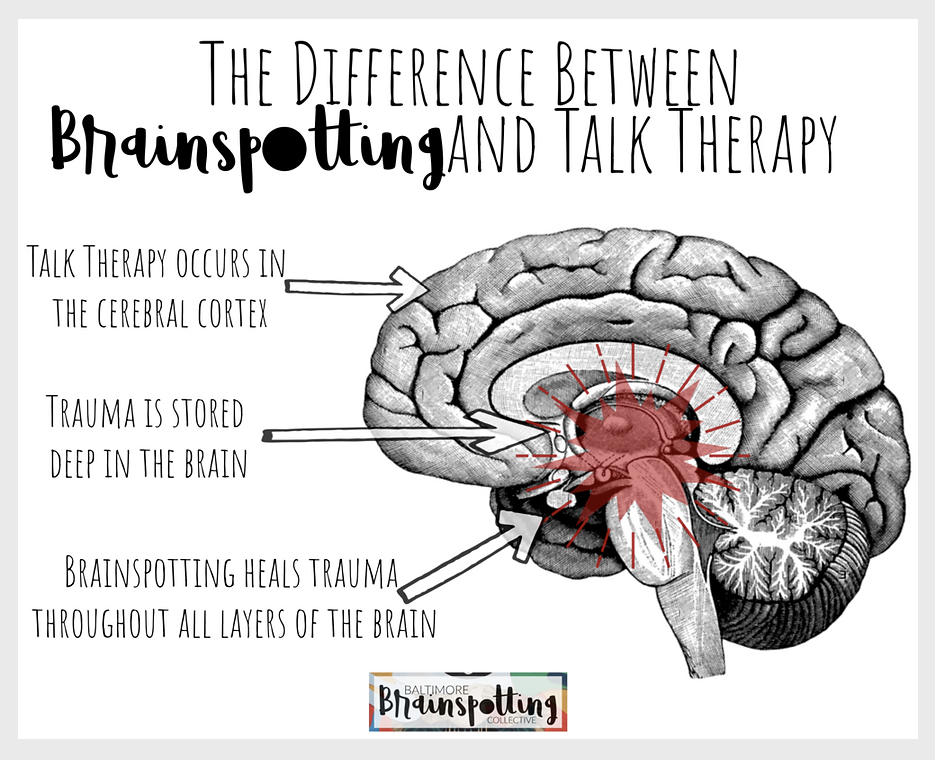Areas of Focus:
Children | Teens |Emerging Adults | First-Generation Experiences
Clinical Specialties:
Social Anxiety | School-Based Anxiety | Separation Anxiety |Anger | Big Emotions | Depression | Trauma | Social Skills |
Self-Esteem | Social Skills | Friendship Navigation | Life Transitions
Modalities:
CBT | Mindfulness-Based | Client-Centered | Solution-Focused | Trauma-Informed | Brainspotting
